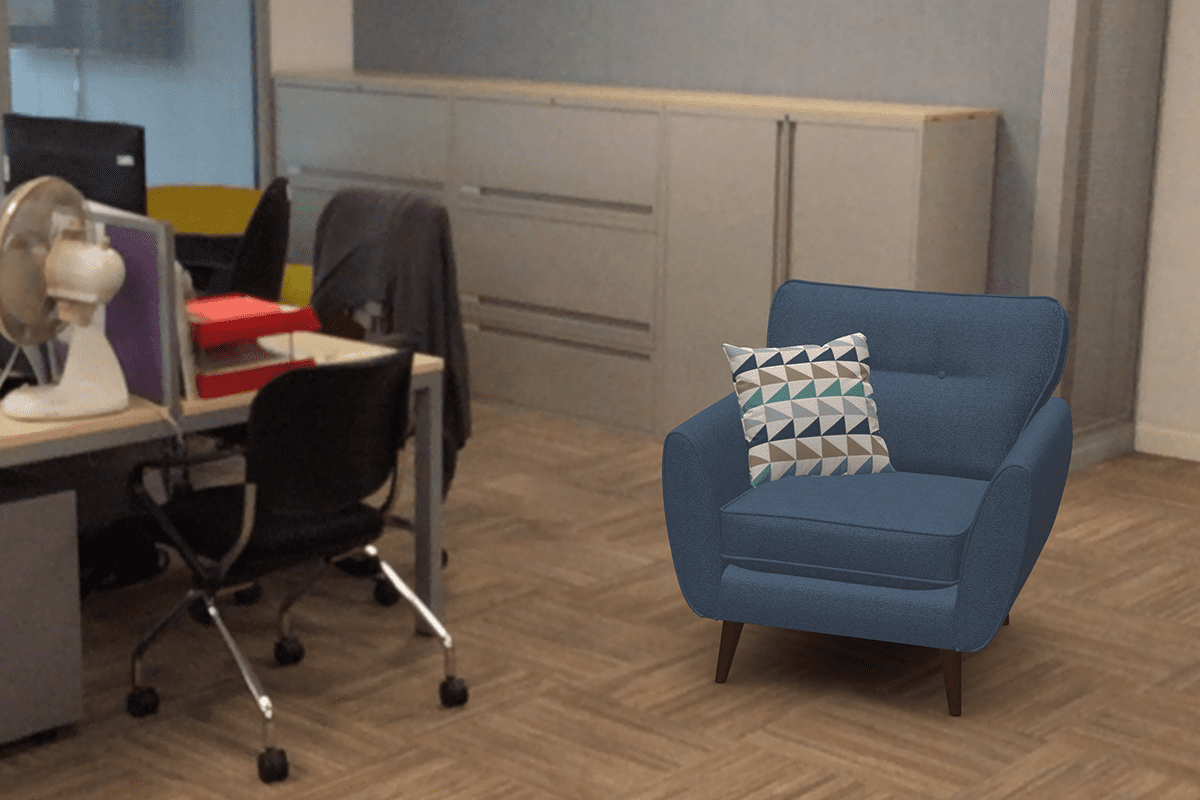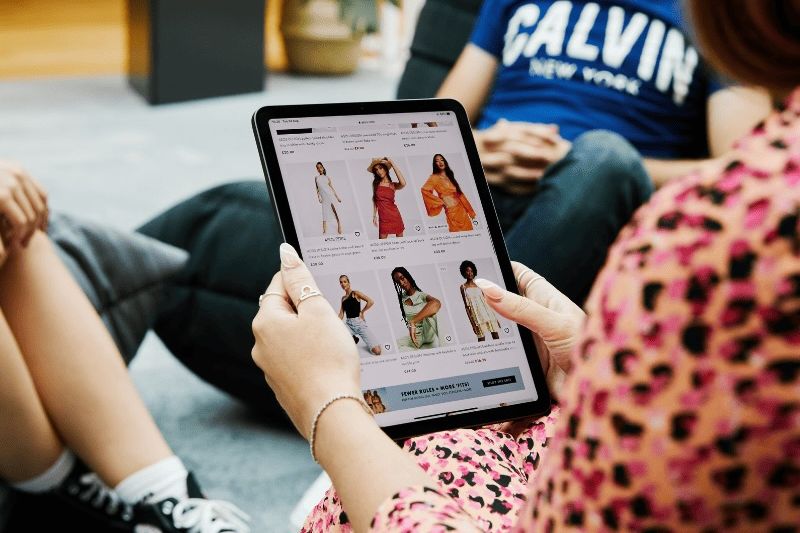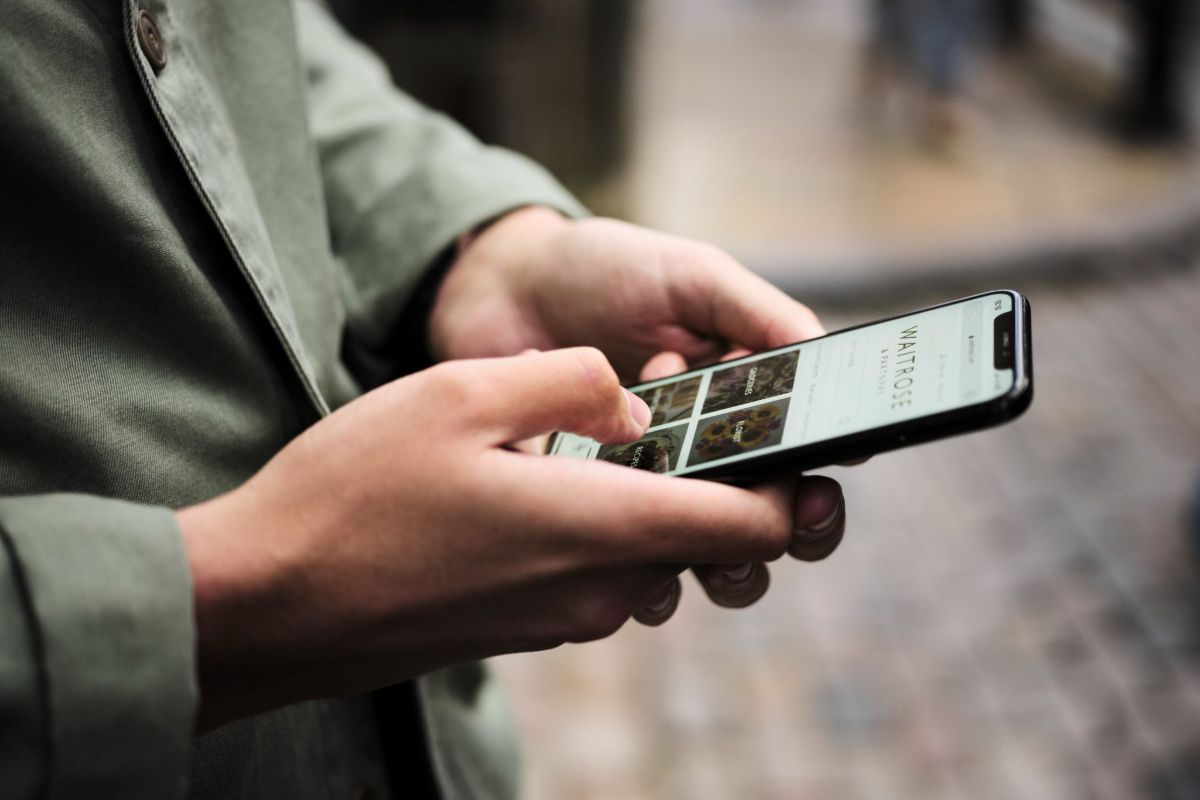In recent years, retailers have moved further towards putting their customers at the centre of their businesses. Strategies built around customer service and experience will help to recruit new customers to the brand. Here we round up some of the approaches taken by retailers that stand out in this Dimension.
1. Develop a collection strategy
Leading retailers are working hard on getting the customer experience right for individual shoppers. That’s likely to mean that customers will come to expect the shopping experience to be relevant to their needs – putting the onus on other retailers to respond.
Speaking at IRX 2018 in April, Rob Pearson, head of personalisation at Next, said it was important for the fashion-to-homewares retailer to engage with all of its different groups of shoppers, rather than simply cater for the typical Next shopper – the woman who buys clothes for herself and her family while also occasionally buying furniture.
“If we don’t start personalising things for people, we run the risk of losing them,” said Rob. To implement personalisation successfully, he added, the retailer needs to learn from its data, setting up online experiences that are relevant to different customer groups before testing them. “Data now fuels getting that insider knowledge of the customer and what’s right for the experience,” he said. By doing so, retailers can increase their conversion rates and boost profitability.
2. Remember the product is the star
It’s important to sell across channels ranging from mobile to social media because that’s the way customers want to buy. But these are simply the tool for distributing the products and remembering this is how leading retailers keep their focus.
Jonathan Wall is head of digital at Missguided and was previously of Shop Direct. Speaking on the keynote panel at IRC 2018, he said, “Customers come to us because we have great products, not because we have a great website.”
Department store Debenhams gave a useful insight in its latest full-year results, into how it plans to choose which products to stock. It is using online analytics to see which products customers search for, which should point the way to ‘hot’ brands and products that it should be stocking. When it does stock them, it will then reflect those brands in local mobile searches as it looks to drive traffic into store.
3. Simplify website pages in order to speed up website load times
The speed at which websites load makes a real difference to the customer experience – especially for shoppers viewing from a mobile phone. According to Google, most websites lose half their visitors while still loading. It ran machine-learning based tests with performance and analytics company Soasta and found that more complex pages can hurt conversion rates since the number of elements and the size of the images they contain can significantly slow loading times.
The magic number cited by Akamai research back in 2009 was three seconds. Beyond this time, it found that 40% of shoppers would leave it. It’s likely that shoppers have got more impatient in the meantime, as internet speeds have improved. RetailX research, in partnership with Eggplant, found that Top500 retailer pages visually load in a median of 8.8s on mobile, and with a median page size of 2.1MB and in 9.2s on desktop, where the median page size is 2.6MB. The fastest 5% – or 25 – of Top500 retailers came in at a median of 2.9s on mobile, the slowest at 18.4s.
The Google/Soasta study, reported in 2016, found that pages with more images and elements had fewer conversions. Sessions that converted users had 38% fewer images than sessions that didn’t convert. Simple steps can make a difference. It found, for example, that saving an image as a JPG rather than a PNG can more than halve the file size.
4. Show how an item will fit
Products from clothing to sofas are only truly relevant if the potential buyer knows they’re going to fit. In recent years, fashion retailers have come up with ‘virtual wardrobes’ that enable shoppers to pinpoint whether an item is likely to fit.
Warehouse, for example, collects vital statistics to deliver a verdict on how a given product will fit, using Fit Match from Rakuten Fits Me. Asos’s Fit Assistant collects similar information and also adds in the size that shoppers wear from brands they already know in order to deliver a verdict on how an item would fit, as well as what most ‘people like you’ bought but didn’t return to the retailer.
Furniture and make up retailers are among the 3% of IRUK Top500 retailers that use augmented reality (AR) to show shoppers how goods would look on them, or in their home. DFS has recently updated its AR functionality that shows shoppers how a sofa would look in their living space. Based on iOS 12, it promises an improved experience for customers.
“We wanted to offer something truly unique to our customers that was not only aesthetically pleasing, but intuitive and practical too,” said James Vernon, head of online at DFS. “Choosing a new piece of furniture is never an easy task – particularly online – but the new AR-enabled feature will help improve the online shopping experience and make the purchasing decision much easier.”
5. Enable international shoppers to buy from a website that still feels local
Shoppers want to be able to buy in a way that feels comfortable for them. That means using their own language and payment methods they trust. Global brands such as IKEA and H&M have this nailed. IKEA has 55 local language websites, from the UK to the United Arab Emirates, while Nike has a similar number, located across six continents.
Smaller businesses are no less able to target international markets. Musical equipment and accessories retailer Gear4Music sells through 20 local market websites, with all but the US site serving European markets.
Meanwhile, AO.com, which sells larger and heavier white goods, alongside smaller appliances and consumer electronics, serves Germany and the Netherlands from its German logistics centre. Its approach is to take the way it runs its business in the UK to its new markets. “We have worked hard to transfer our culture across to our European operations, always respectful of different customs and ways,” said AO World in its latest full-year results.
https://retaildna.net/vendor-products/american-express/
6. Think about how pureplay retailers can use stores…
Retailers find new customers and raise awareness of their brands when they sell through third-party websites and stores. Predominantly online retailers, including fashion brands Boden and Hush and furniture brand Swoon Editions, are now selling through department stores. Swoon Editions’ chief customer officer, Nicki Lynch, said, “Our home-obsessed customers are increasingly requesting that they want to see our furniture in real life. In an online-only world, it is harder to bring people into your brand in the same way you can with a physical store.”
7. …and how retailers of all kinds can use other people’s websites
Many retailers now sell through other websites as they look to put themselves in front of new customers. Missguided, Quiz and PrettyLittleThing are all available through the Next website, while Boohoo, Miss Selfridge and River Island are among those selling on Asos’ site.
This comes with a health warning, since selling through other people’s websites is likely to be less profitable than selling through your own. Quiz, for example, this autumn warned that its profits would not meet expectations, despite fast growth in sales, especially online. Even through online sales were 44% ahead of the same time last year in the six months to 30 September, the amount being sold through third-party websites had stayed flat.
Quiz is now concentrating on sales through its own websites, which rose by about 70% over the same period. Chief executive Tarak Ramzan said at the time, “Although online sales through our third-party partners have been disappointing and will impact the group’s performance for the full-year, increased own website sales will support profitability growth moving forward.”
8. Consider new approaches to customer service in stores
At a time when department stores are competing for custom and visitor numbers to the high street are falling, some retailers are taking a new approach to the way they hire and train staff.
Debenhams says it is hiring more people from the hospitality industry as well as investing more in staff training as part of its ‘service redesigned’ strategy. “Together with our efforts to reduce back-of-house activity and increase customer-facing time, this has resulted in a 4% improvement in net promoter scores over the year,” the retailer said in its latest full-year results, to 1 September 2018.
John Lewis has previously used theatres and fashion colleges to train its staff to deliver service with a difference. The thinking is that more expert staff will deliver a better customer experience as stores work to attract shoppers to their store. Customers choosing to shop in-store rather than online may also be looking for more human interaction and expert advice.
9. Speed up the refund when shoppers return an item
How easy it is to get a refund is fast becoming a factor that shoppers take into account when considering whether or not to buy. When the process is as easy as possible, undecided shoppers are more likely to complete their transaction in the first place. Boohoo Group has taken a small but significant step to improve its returns experience.
Shoppers now receive their refund as soon as the courier has taken delivery of the returned item. This takes place via a returns portal that not only operates on its UK website but also on a number of its international sites too. This approach beats the current state of the market, since the average Top500 retailer takes 10 days to process a return.
10. Go to where the customer is
Savvy retailers are making it easier for shoppers to buy wherever they are. They’re opening conversations on social media platforms that are in turn making it easier for shoppers to buy direct from the post, tweet or pin. Most (98%) Top500 retailers already enable visitors to talk to them on Facebook and Twitter, yet retailers can differentiate themselves by joining the 22% that also talk to their customers via Snapchat, or the 17% that do so via Tumblr.
Meanwhile, online marketplace eBay has worked with both Time Inc and Mashable to enable shoppers to buy products featured in their print and online magazines by pointing their smartphone or tablet at them in order to browse and buy.
At the time the functionality was launched, Dan Burdett, head of the eBay EMEA marketing lab, said, “We know a lot about how people shop on our site but less about how they shop off it. So we wanted to bring a simplified shopping experience that brings products to Mashable’s passionate audience, rather than expect them to come to us.”
11. Use new technologies to enable customers to ask their questions
Leading retailers are giving shoppers new and more efficient ways to get in touch. Dune London, for example, says on its website that live chat is the fastest way for its shoppers to get an answer to their questions. Dune is among the 37% of Top500 retailers that offer this channel, making it an obvious choice for those shoe shoppers who prefer to use live chat.
Other businesses are using machine-learning to offer customers automated answers to their questions. This improves the customer experience when those answers are relevant and when it means a conversation can take place out of hours, or give shoppers an experience they otherwise could not have.
Fashion pureplay Asos’ Enki chatbot, available through Facebook Messenger, helps customers find products through personalised recommendations. Asos said in its latest full-year results that in future, customers will be able to use assistive search that might help them, for example, find that perfect pair of jeans. “The investment in new data capabilities and optimisation algorithms will continue in the next year,” it said.
12. Make a difference through the app experience
RetailX research finds that while around half of Top500 retailers have an iOS app, the experience they offer through that app is relatively limited. Only 6% of retailers with an app offer live chat, and only 2% offer the ability to scan a loyalty card.
And while most retailers now offer product reviews (61%) and ratings (62%) through their desktop website, fewer offer either (26% for both) via their mobile app. These figures reveal easy ways that retailers can outperform rivals.








